Blue Dog of Rose Hill, Port Tobacco
Perhaps the oldest ghost story of Maryland is that of the Blue Dog of Rose Hill. Near the town of Port Tobacco (Charles County) is a rock covered in reddish discolorations. Called the "Peddler’s Rock", it supposedly marks the spot where a trader was killed at some point in the latter part of the 1700s. In true ghost story fashion, there are many variants of the tale.

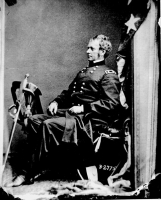
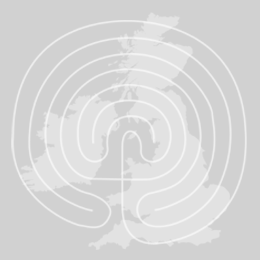
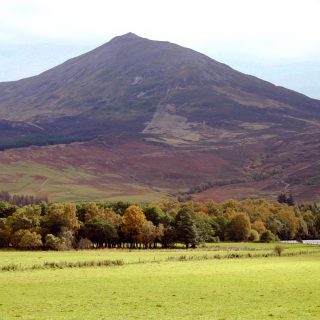
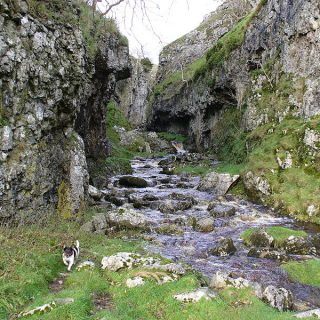
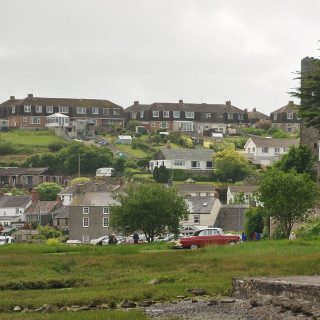
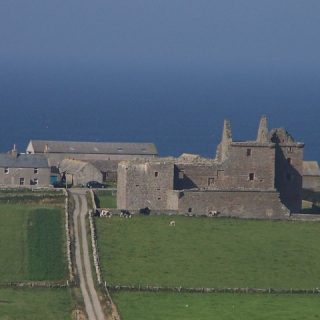
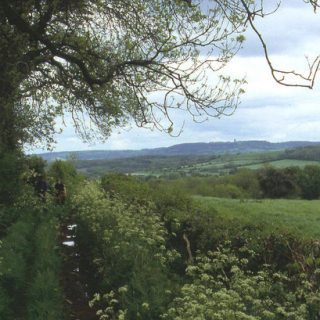
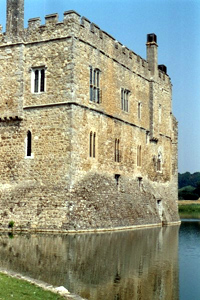
Recent Comments